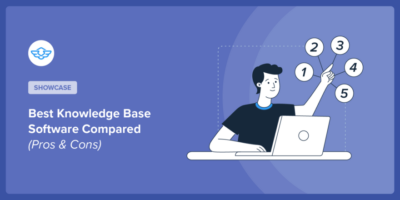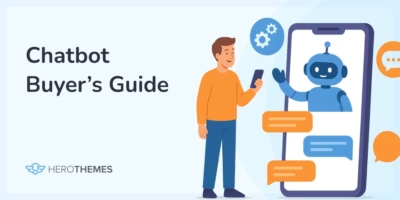Top 10 Companies Using AI for Customer Service (Success Stories)
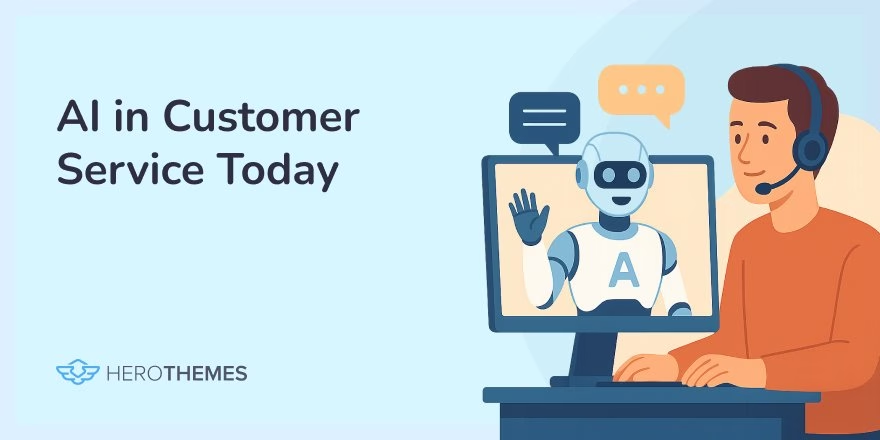
I’ve watched AI transform customer service in real time. It has evolved from being a nuisance to customers and eliminating thousands of jobs to providing quality service and working hand-in-hand with agents.
Now, companies have started to strike the right balance between AI usage and human support, and it is proving to be game changing.
In this guide, I will show you the top companies using AI for customer service, and it’s actually working for them and customers.
I will also share my thoughts on how you could adapt some of these best practices to improve your own customer service.
So, stick together till the end.
In This Guide
- Top Companies Using AI for Customer Service (Best Examples)
- 1. Amazon: Generative AI Chatbots at Global Scale
- 2. Alibaba: AI at Scale
- 3. Bank of America: Erica Virtual Assistant Serves 42M Clients
- 4. Delta Air Lines: Cutting Wait Times from Minutes to Seconds
- 5. Spotify: 24/7 Global Support with AI Translations
- 6. Uber: Using AI to Sense Customer Frustration (and Fix It)
- 7. Walmart: Millions of Queries Answered by AI
- 8. H&M: Fashion Chatbots Boosting Engagement and Sales
- 9. Domino’s: Voice AI Taking 80% of Pizza Orders by Phone
- 10. IKEA
- 1. Amazon: Generative AI Chatbots at Global Scale
Top Companies Using AI for Customer Service (Best Examples)

We rigorously test and research every product that we recommend through HeroThemes. Our review process. We may also earn a commission if you make a purchase through our links.
1. Amazon: Generative AI Chatbots at Global Scale
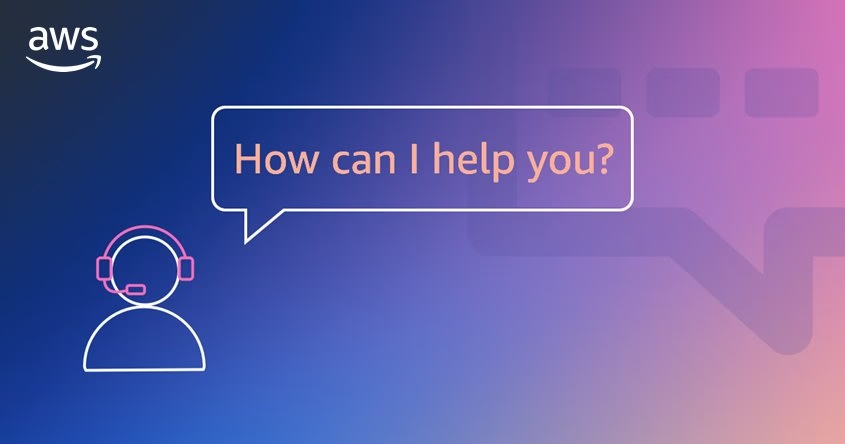
Amazon may be the world’s eCommerce giant, but it still faces customer service challenges at a massive scale.
To keep up quality support without hiring an army, Amazon leans heavily on AI. AI is now smart enough to easily automate and properly answer countless questions like “Where’s my package?”.
And Amazon is the best example of doing it on a large scale.
Here’s what Amazon’s CEO Andy Jassy said about using AI for customer service.
We’re also using Generative AI broadly across our internal operations. In our fulfillment network, we’re using AI to improve inventory placement, demand forecasting, and the efficiency of our robots—all of which have improved cost to serve and delivery speed. We’ve rebuilt our Customer Service Chatbot with GenAI, providing an even better experience than we’d had before. And, we’re assembling more intelligent and compelling product detail pages from leveraging GenAI.
Takeaway and things to learn:
- Amazon operates 24/7 globally, and so does the AI. The bot can easily handle routine queries across time zones (order status, refunds, product information).
- Human agents handle more complex or sensitive issues.
- AI also assists call center agents with live recommendations, and even resolve issues via self-service.
- Customers get faster and consistent help, and personalized responses.
- Support team benefits from reduced load and AI summaries of customer contacts.
The most important thing to note is that AI automates routine tasks so humans can focus on more strategic work.
If AI is good enough for Amazon’s customer service, it can likely help yours too.
2. Alibaba: AI at Scale
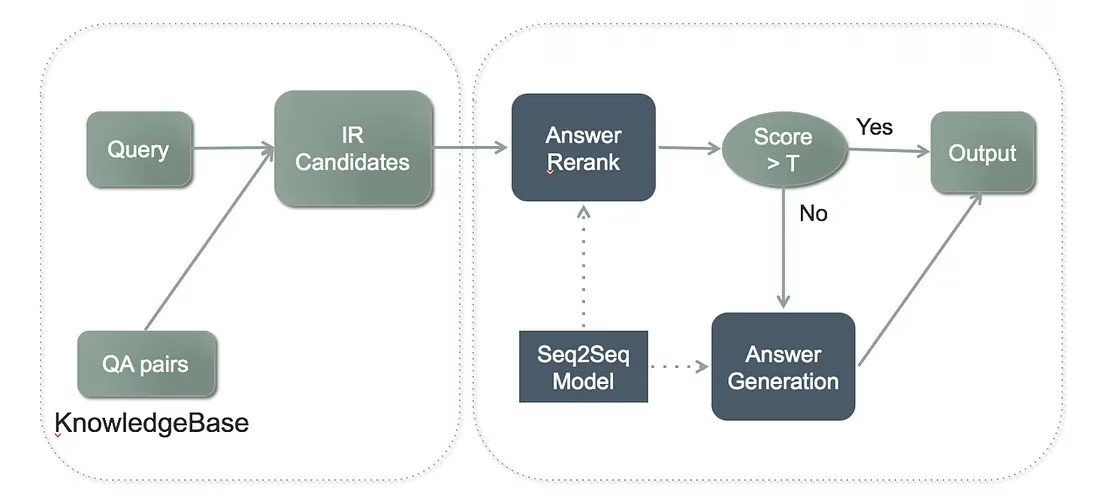
AliME’s chatting module flow, Source: Medium
Alibaba, China-based eCommerce titan serves hundreds of millions of customers across the globe.
To manage the tidal wave of inquiries from order questions to product info across many languages, Alibaba developed an AI virtual agent called AliMe. Which is said to manage nine out of ten queries—whether via chat or voice.
Takeaway and things to learn:
- Customer satisfaction scores rose with an interactive AI chatbot.
- Supports languages like Spanish, Arabic, Chinese, you name it.
- With answering common FAQs, Alibaba also uses AI for things like order tracking, returns, refunds, and even upselling related products.
- The AI can fetch your order status, check inventory, process a refund, or escalate to a human if needed.
- The data AliMe gathers (common questions, pain points) feeds back into business decisions. For example, if a product is generating a lot of complaints, it can easily be identified.
- The company doesn’t wait for customers to ask (proactive support), instead it encourages users with offers recommendations and reminders.
Companies like Alibaba use AI at extreme scale, especially when it comes to customer service and support. When done right, it can replace an army of agents, operating 24/7 and boosting satisfaction through speedy service.
Which also frees up a lot of human time to focus on strategy, complex cases, and building an even better experience.
3. Bank of America: Erica Virtual Assistant Serves 42M Clients
Meet Erica, Bank of America’s virtual financial assistant.
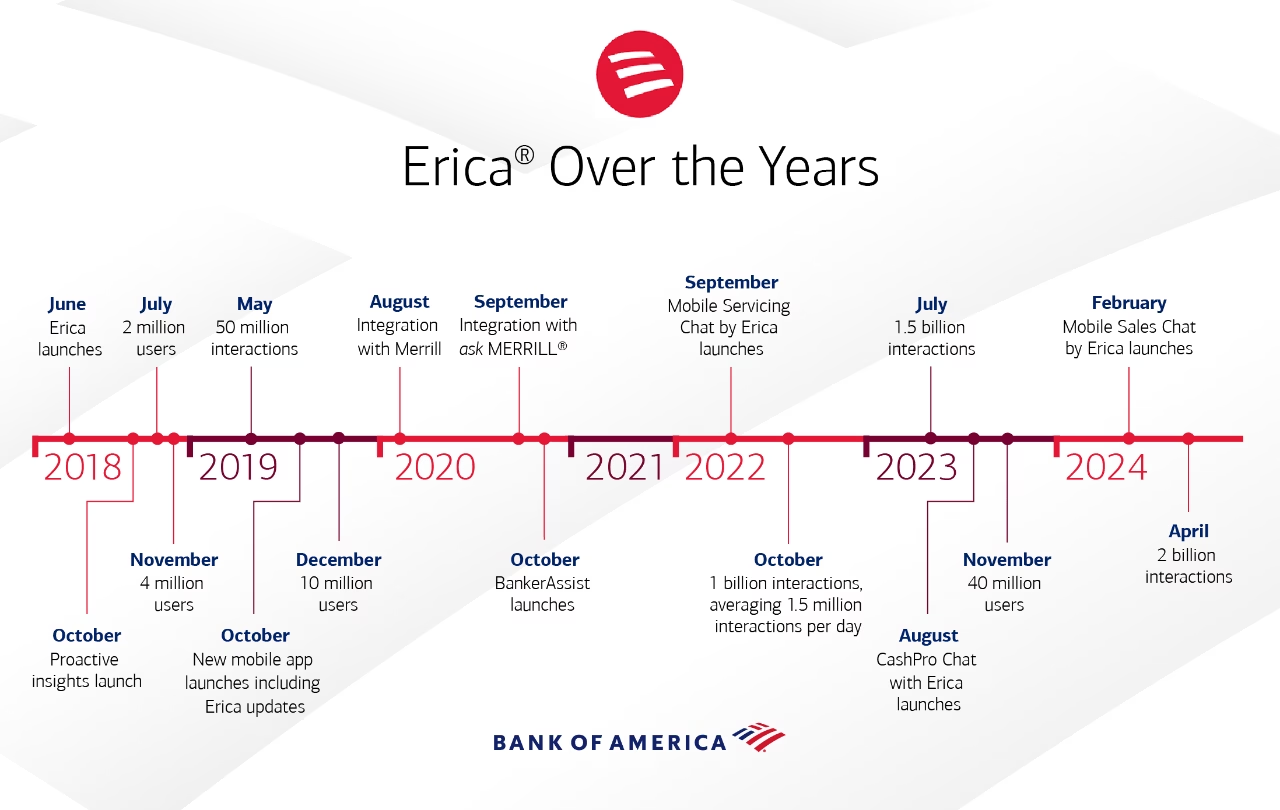
Launched in 2018, Erica has quickly become the most widely used AI virtual assistant in banking, helping over 42 million customers with their finances.
Takeaway and things to learn:
- Customers can ask questions in natural language
- Erica can move money between accounts, schedule meetings with a banker, analyze your spending patterns, and even crack jokes on occasion.
- Erica AI improved over time with thousands of small tweaks.
- Seamless integration with the bank app’s interface.
- It also encourages users to ask whatever is on their mind. For example, users can just ask for “Download my April statement”
The keys to success here include training the AI on a robust knowledge base, designing an intuitive UI, and continuously learning from real customer interactions.
4. Delta Air Lines: Cutting Wait Times from Minutes to Seconds

Delta Air Lines, one of the world’s largest carriers, turned to AI to assist both customers and call center agents.
The vision? When a passenger asks “Can I bring my pet on international flights?”, the agent no longer has to dig through a 500-page policy manual or put you on hold.
AI can search Delta’s knowledge base in a split second and surface the exact rule.
Takeaway and things to learn:
- With AI assistance, the hold time drops to five seconds. This is achieved by feeding historical documents and inquiries into an AI system.
- The AI is trained to understand natural language questions.
- Delta first introduced internal AI tools for its agents.
- If the bot gets confused or you ask to speak with someone, it hands you off to a human smoothly.
For industries with massive procedural manuals (airlines, healthcare, insurance), AI is a game-changer for support.
Delta’s approach of using AI to augment human agents shows a practical path: help the agents rather than fully replacing them.
5. Spotify: 24/7 Global Support with AI Translations

Handling over 500+ million users and their support is no joke.
One of the biggest challenges in such cases is providing help in multiple languages.
Spotify’s solution? AI-driven real-time translation in their customer support chats.
Takeaway and things to learn:
- With AI assistance, any agent can provide effective support in multiple languages through instant translation.
- AI for automating common support answers.
- Use of machine learning to categorize incoming support tickets by topic and urgency.
- Using AI to transcribe and analyze support calls for sentiment.
If your customer base is global, using AI is far more feasible than hiring fluent agents in every language and time zone.
6. Uber: Using AI to Sense Customer Frustration (and Fix It)
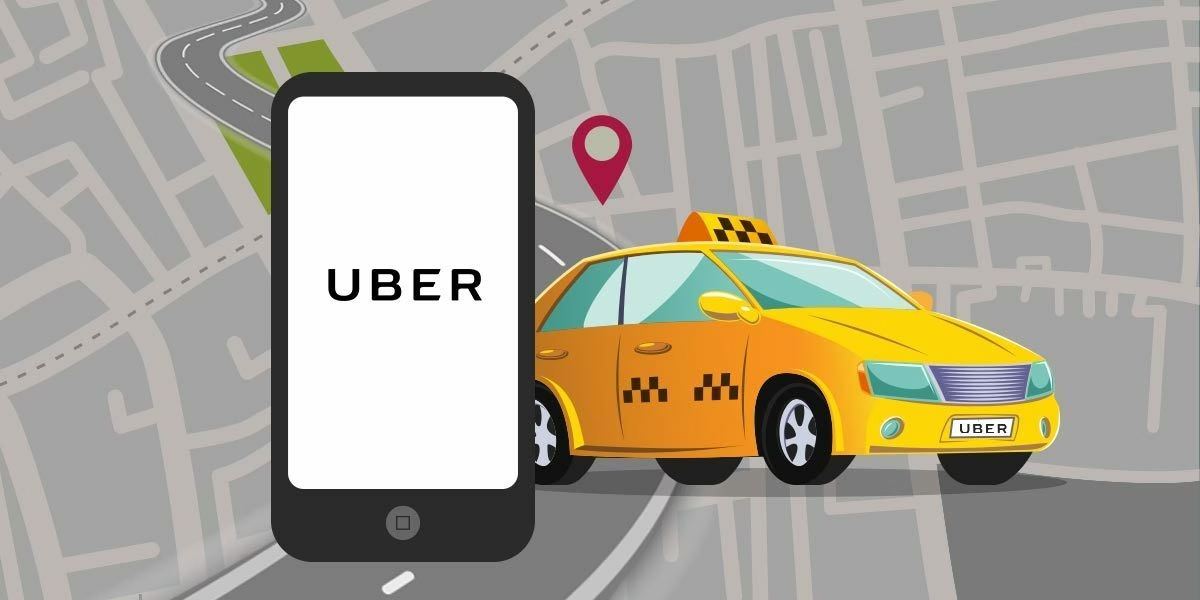
Ride-sharing juggernaut Uber has always been data-driven, and that extends to customer service.
One fascinating way Uber leverages AI is through sentiment analysis of customer feedback and social media to spot issues early.
For example, the AI could identify if users are unhappy with certain new features or confused about the update based on social media buzz.
Think about it: AI can analyze thousands of comments per minute, something no human team could do in real time. Uber’s system tags mention as positive, negative, or neutral and clusters them by topic.
Takeaway and things to learn:
- By fixing app issues identified through AI listening, Uber reduced the volume of complaints that would have hit their help center.
- Uber employs AI internally to help agents. It uses machine learning to suggest responses to common questions, auto-fill refund forms, or detect if a customer is particularly upset.
- AI helped Uber address issues proactively.
If you have a product that evolves (software, apps, even policies), pay attention to what customers aren’t directly telling you. They might be voicing issues on X, forums, or surveys. AI tools can help you collect that unstructured feedback and quantify it.
7. Walmart: Millions of Queries Answered by AI

Walmart has embraced AI to streamline customer support, especially for its massive online business.
With millions of customers asking “Where’s my order?” or “How do I return this?” Using AI here is a perfect choice.
Since 2020, Walmart’s AI chatbots (on its website and app) have been steadily improving with Natural Language Understanding, and the results are impressive.
Takeaway and things to learn:
- Walmart AI bots now handle millions of customer contacts immediately, helping with order status, returns, and FAQs.
- AI helps eliminate a huge chunk of routine calls and chats.
- Walmart customized the bot for different locales (including non-English languages) to understand context and slang.
- Walmart’s bots even process actions, such as cancelling orders or tracking packages.
- Walmart seamlessly blended AI with human support with a handoff strategy that keeps customers from feeling stuck with a dumb bot.
- Use of AI at backend for ticket routing and tagging.
8. H&M: Fashion Chatbots Boosting Engagement and Sales

H&M turned to AI to assist online shoppers and take pressure off their service team.
The company implemented AI-driven chatbots and “virtual agents” on its website, mobile app, and messaging channels to act like personal stylists and support reps in one.
Takeaway and things to learn:
- H&M AI bots can answer questions about product availability, sizing, and orders.
- Provide style advice and personalized recommendations in real time.
- The AI assists with cross-selling, “You chose this dress, would you like to see matching accessories?”.
- If you’re a logged-in customer, the bot can greet you by name and reference your past purchases.
- AI used for marketing follow-up emails.
- Image recognition: Customers could upload a photo of an outfit they like, and the AI would try to find similar items in H&M’s catalog.
9. Domino’s: Voice AI Taking 80% of Pizza Orders by Phone
“Thank you for calling Domino’s, would you like to place an order?” If you’ve phoned in a pizza order lately, you might have spoken not to a human, but to Dom, Domino’s AI-powered voice assistant.
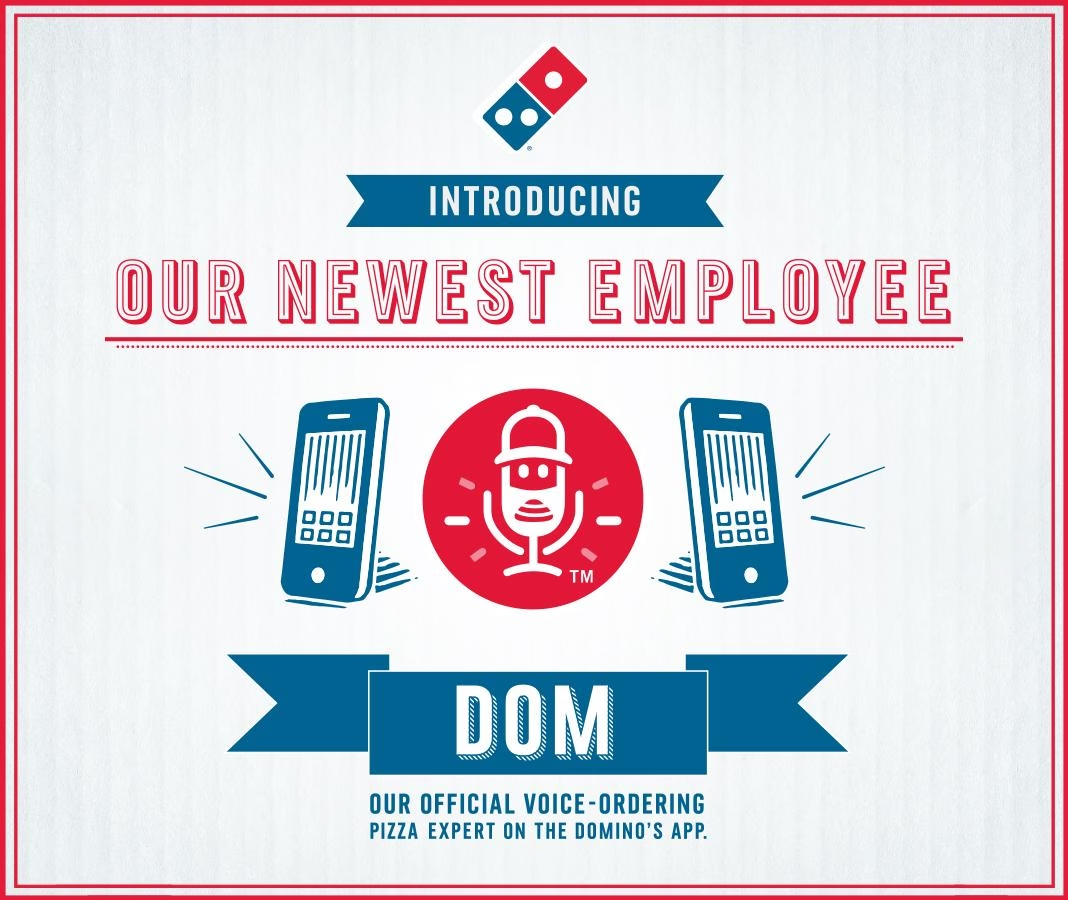
Domino’s has been using AI for a few years to automate phone orders in certain locations, and it’s gotten surprisingly good.
Takeaway and things to learn:
- Dom AI uses more natural and regional voices to improve customer experience.
- Fewer mistakes happen in order because the AI confirms each detail clearly.
- If something goes wrong with an AI order, live agents in centralized call centers can easily jump in for help.
Voice AI has matured to the point of being a reliable customer-facing agent, at least for structured tasks like taking orders.
For businesses with high call volumes of routine requests, a voice bot could drastically cut wait times and labor, as long as it’s done thoughtfully, and Domino’s is the best example of it.
10. IKEA
IKEA uses an AI-powered planning tool called IKEA Kreativ that lets customers design their room virtually and solve many queries themselves.

This tool uses a mix of computer vision and AI, customers scan their room with their phone, then the AI digitally removes existing furniture and lets them place IKEA furniture in the 3D model.
Takeaway and things to learn:
- IKEA has decreased the likelihood of returns and unhappy customers because many of its support tickets are related to returns or dissatisfaction when furniture doesn’t fit or look right.
- AI tools like Kreativ helped IKEA offer proactive customer service: solve the problem (will it fit/look nice?) before it becomes a support issue.
- The chatbot also integrated with IKEA Kreativ to answer common questions.
- Use of AI chatbot that answers FAQs about orders, deliveries, stock.
Final Thoughts
These examples show how AI in customer service went from novelty to necessity by 2025.
Companies across industries use AI to answer questions faster, personalize help, and even prevent issues from happening in the first place.
A few common ways companies using AI for customer service:
- 24/7 availability and speed with optimized chatbots
- Improve search functionality
- Handling the routine questions
- Automate possible tasks such as returns, tracking, and presales
- Cost savings and scale
- Assist employees
- Provide personalized, proactive support
- Provide multilingual support
You should start implementing AI today, especially for customer service. With tools like Heroic AI Assistance you can create an AI-powered chatbot for your business in minutes.
The chatbot can answer questions using information from your knowledge base. This is a reliable method of providing better customer service.
That’s all for this guide. Explore the other guides below to learn more about how AI is changing the landscape of customer service and how you can benefit.
Further Reading
10 Best AI Chatbot Plugins for WordPress (Free & Paid Options)
Integrating ChatGPT with Knowledge Base Self‑Service Portal
10+ Best Customer Self-Service Solutions: Software, Types
9 Best Customer Service Software for Any Business
Customer Service Outsourcing: A Complete Beginner’s Guide
Rule-Based Chatbots: A Beginner’s Guide with Examples


